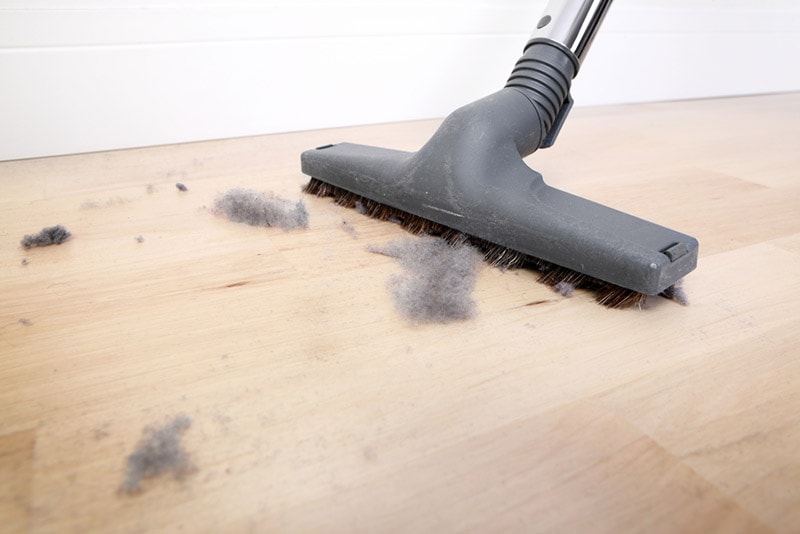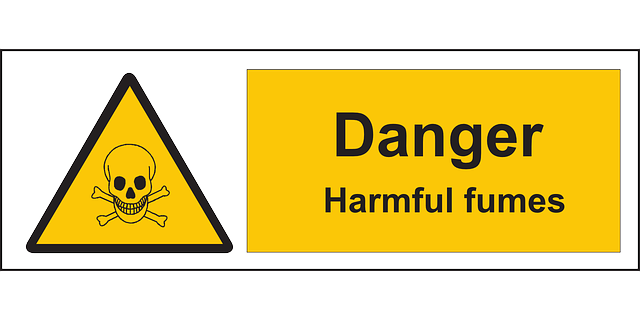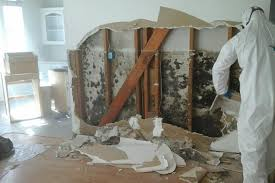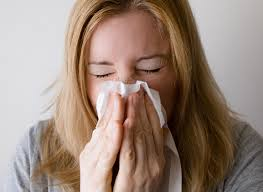The health risks of household dust to your family
 Frequent cleaning furniture and other household items where dust accumulates rids dust mites and improves indoor air quality.
Frequent cleaning furniture and other household items where dust accumulates rids dust mites and improves indoor air quality.
Health risks of household dust to your family
The health risks of household dust to your family is high when you consider the average six-room home in the United States collects an impressive 40 lbs of dust in indoor environments each year. While dusting presents itself as a mundane household chore for many homeowners, those who have noticed dust around the house may not realize that dust accumulates and can work its way into carpets and rugs via air conditioner and HVAC systems — and bring a variety of health concerns along with it. Using modern tools like air purifiers can significantly reduce dust and improve indoor air quality, thus minimizing health risks associated with dust exposure. From understanding what dust is made up of to how it can affect our health and immune system — and how to keep it at bay — here’s why avoiding dust buildup is so important.
Basic facts on the contents of dust
While many may not think about what dust actually contains, there’s actually quite a lot to make note of. One 2019 Washington Post article by Gabriel Filippelli points out that about one-third of dust is actually created inside the home, and that the contents of the dust differ depending on a variety of factors (such as the home’s age, climate, and cleaning/smoking habits). The article goes on to dissect what makes up household dust, in which research found that dust happens to contain tiny particles of human skin flakes, pet skin cells (also known as dander), and strangely enough — decomposed insects, food debris, carpet fibers, and more — including man made chemicals from various consumer products. Dust is where the infamous dust mites live — an insect-like pest that feeds on human skin cells.
Thankfully, preventing dust buildup can be achieved by using a wet mop to dust with, while regular vacuuming will help keep dust allergies at bay where carpets are concerned. Additionally, using a damp cloth to dust surfaces can help trap and lock in dust particles, reducing their dispersion during cleaning.
Dust allergy, health problems, runny nose, chronic lung condition all from dust and mold contamination.
Dust inhalation, dust mites, and allergies are health risks of household dust
When looking at the health risks of household dust, dust buildup can lead to serious health issues, including lung and fungal infections and even death in rare cases, according to Johns Hopkins Hospital lung expert Dr. Panagis Galiatsatos, who states “A good inhalation of dust could be life-threatening depending on someone’s asthma development.” As dust settles in undisturbed areas like corners and under furniture, it can accumulate toxic particles. The USA Today article goes on to highlight the fact that chemicals inside stain repellents and lead-based paint used in homes/apartments can also be found in some dust particles and can lead to subtle physical effects, which further underlines the hidden dangers involved. Additionally, household dust often contains flame retardant chemicals, contributing to toxic exposure, especially for children. Because we’re exposed to dust when breathing, maintaining a clean household environment is essential — especially when considering allergies.

Allergic reactions to indoor allergens and indoor air quality
Dust mite allergies affect around 20 million people in the U.S., according to the Asthma and Allergy Foundation of America (AAFA). Healthline points out that long-term exposure to dust mite allergens could lead to sinus infections and asthma symptoms and notes that carpeting can trap and hold indoor humidity, thus creating the perfect environment for dust mites to thrive. While a dust mite allergy can involve typical, allergy symptoms — such as a runny/itchy nose, postnasal drip, cough, and scratchy throat (to name just a few), it’s noted that if you happen to experience both asthma and are allergic to dust mites, symptoms may include difficulty breathing, shortness of breath, chest pain or tightness, and even severe asthma attack. Indoor air quality is important when it comes to these hazardous compounds.
 Indoor exposure of common indoor molds cause adverse health effects including lung inflammation.
Indoor exposure of common indoor molds cause adverse health effects including lung inflammation.
The dangers of mold spores exposure
It’s important to note that both dust and carpets can encourage mold growth, which comes with health concerns of its own. While mold growth is common in indoor areas that contain excessive moisture, the Centers for Disease Control and Prevention (CDC) notes that mold can enter the home in a variety of ways — such as through open doorways, windows, and vents. Some individuals are sensitive to molds, and exposure can cause symptoms like stuffy noses or red/itchy eyes. The CDC goes on to mention that some individuals who have mold allergies or who experience asthma have an increased risk of more intense reactions.
Prevent mold growth to prevent health risks of household dust
According to the World Health Organization, mold grows and can be prevented by taking various precautions — such as ensuring that a home is well-ventilated with air conditioners to stabilize safe relative humidity and avoiding carpet in areas that are prone to mold
growth, some mold — like black mold — should be inspected by, tested, and removed by a professional.
Certain molds like “Toxic black mold,” or Stachybotrys Chartarum, a specific species of mold growth that can release mycotoxins into an indoor environment, and can lead to serious health complications. A variety of symptoms can result from exposure to the mycotoxin released from black mold, and range from dry eyes, sore throat, and general discomfort to trouble breathing, vomiting, stomach pain, cognitive impairment, and rash.
Smell mold growing – kill mold spores
While determining that black mold is present can seem straightforward, getting a professional involved will determine if visible mold is, in fact, black mold, and can ensure you’re taking the proper steps in removing the mold problem, which will likely involve removing and replacing mold suitable nutrients like carpet and rugs.
Having a bit of household dust may not seem like a big deal, though it’s essential to recognize that there are a variety of health issues that can arise from it. From the concerning contents of the dust itself to dust mite allergies and the potential for mold growth, regular dusting, mold prevention, and using a high-efficiency particulate air filter on your vacuum is essential in maintaining a healthy home.
See Other Related Articles On Our Healthy Home Blog:
Carpet Drying To Prevent Mold Growth
14 Perfect Home Natural Remedies for Eczema Allergies
Bissell Big Green Carpet Cleaning Machine 86T3 Vs BG10
Make 3 of the Best Green Cleaners Yourself
How Dirty Homes Can Trigger Pets Allergies
Hardwood vs Engineered Flooring
How Many Dust Mites Are In Your Bed?

